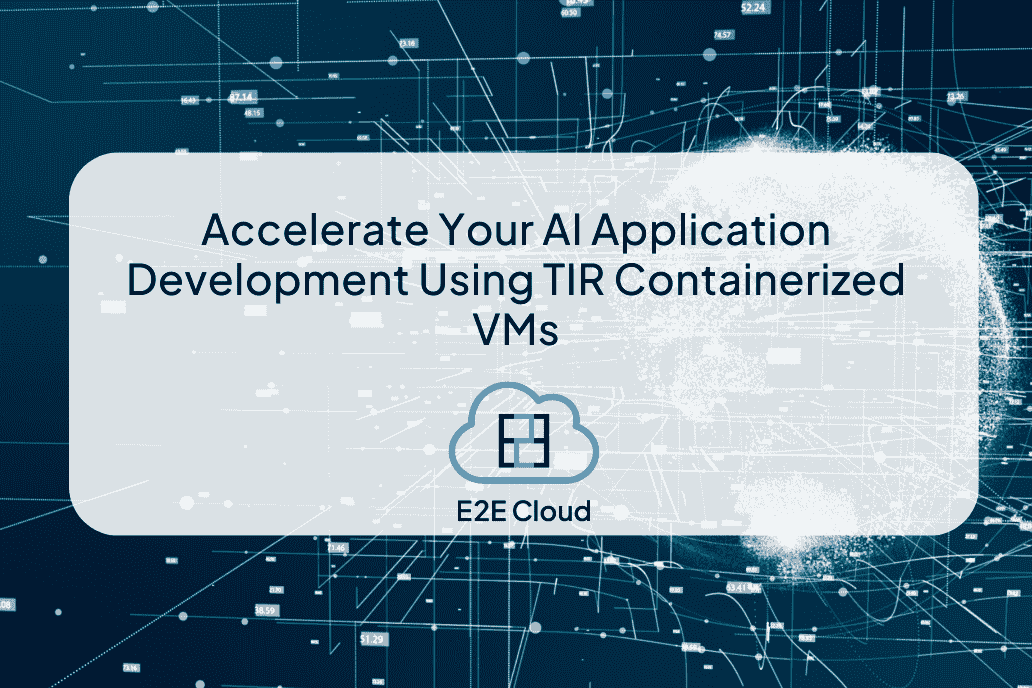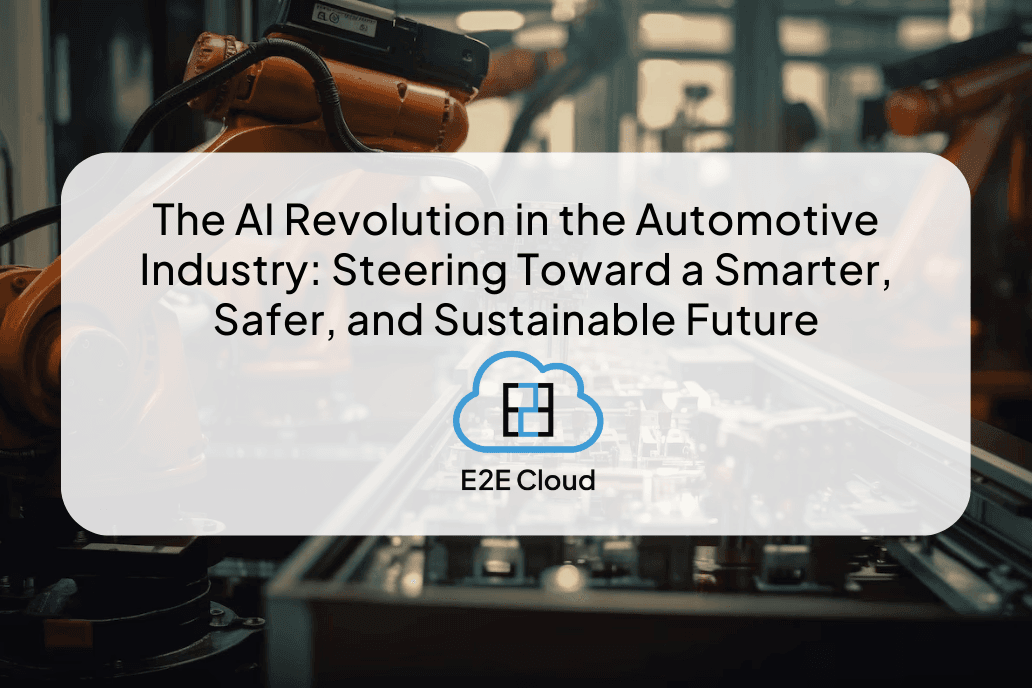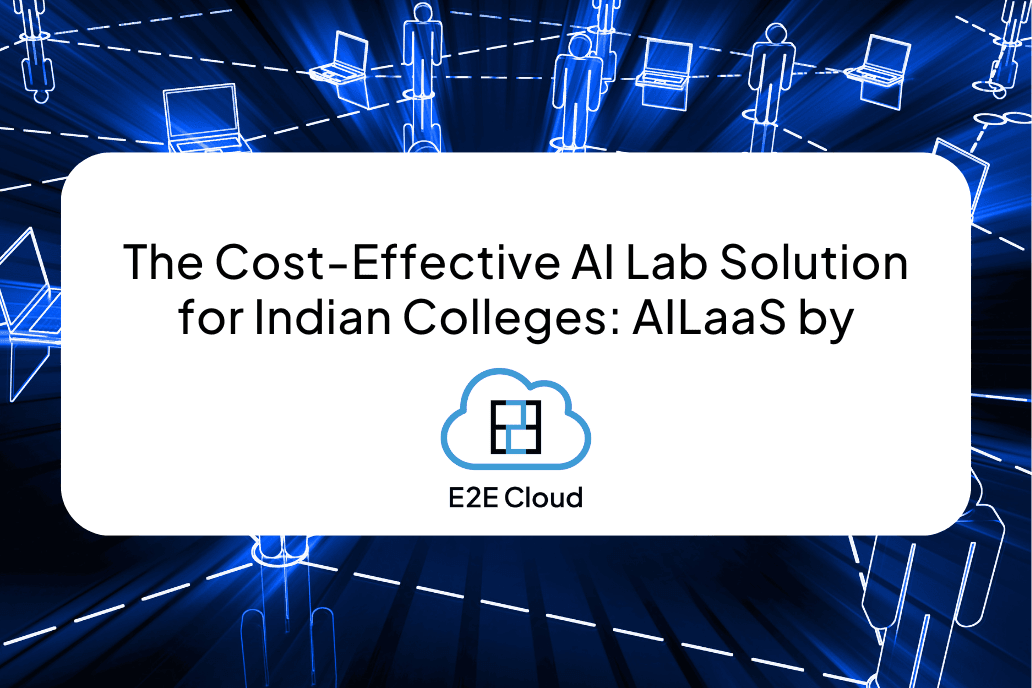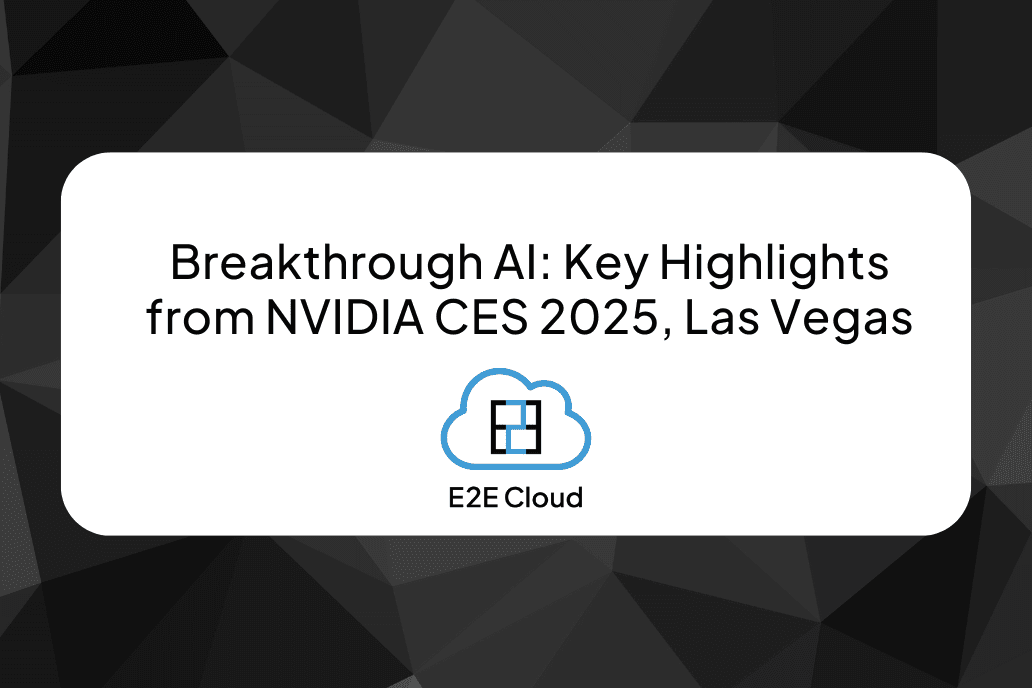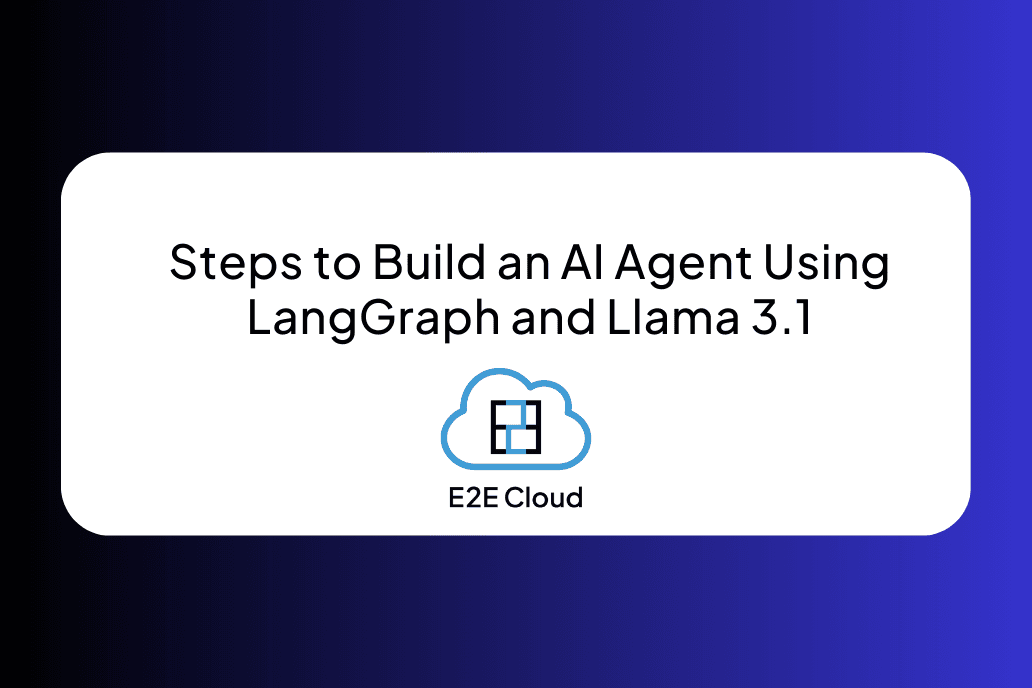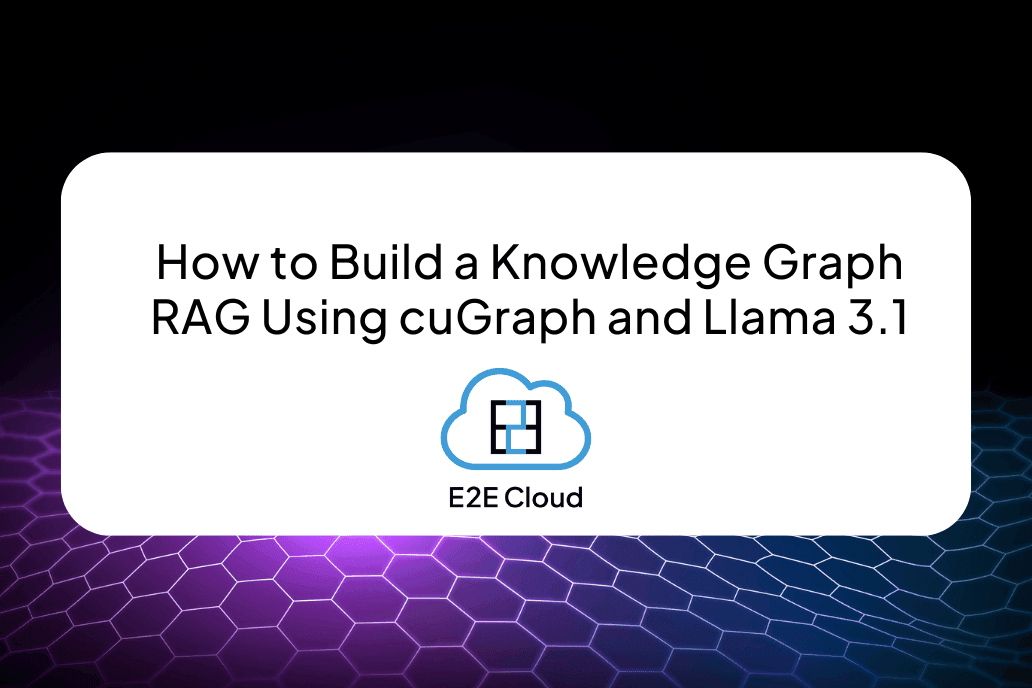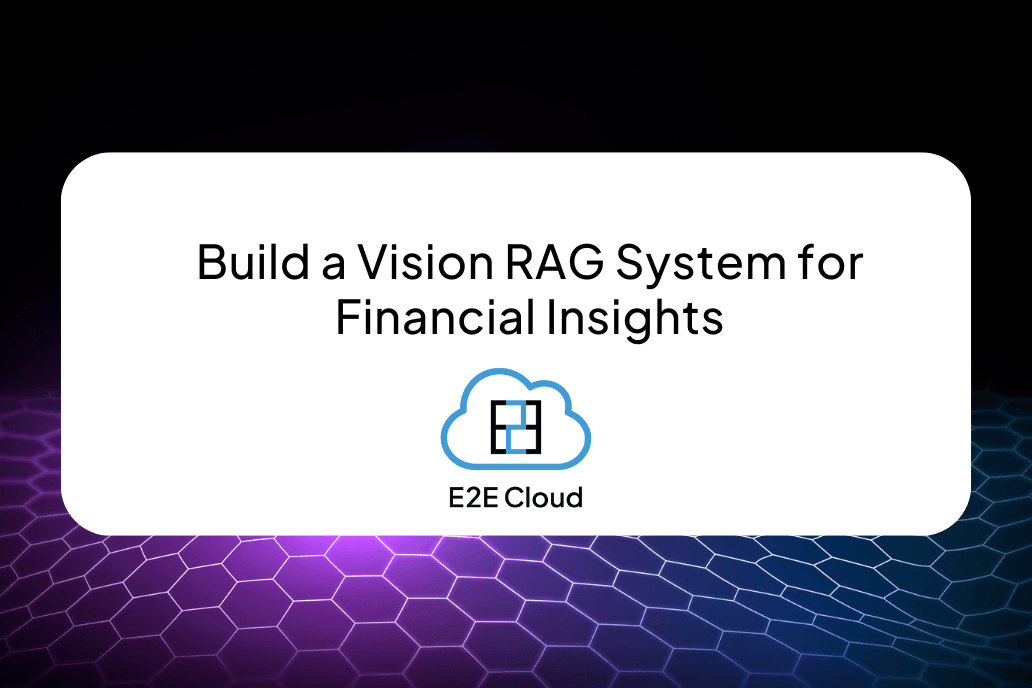Today, at least one out of 10 companies is using artificial intelligence technology. From a chatbot to security applications, AI is helping companies step ahead to solve real-world issues. Every major tech company is allotting enormous resources to explore possibilities on how artificial intelligence can improve its operations and solutions. Personal assistants like Google Assistant and Siri are now a part of our daily lives. Soon we might even see revolutionary self-driving cars on our roads.
Multiple startups are using innovative solutions to improve their technologies and solve problems. Artificial intelligence helps perform complex tasks, cut down company costs, generate valuable customer data, and provide improved user experiences. AI can also help make faster decisions and avoid human error. It can help companies offer personalized experiences to the customers and even mine data to generate quality leads and increase sales. As the volumes of datasets increase, GPU and cloud computing technologies would be more widely adopted by startups. International Data Corporation has estimated that about $57.6 million would be invested in Artificial Intelligence and machine learning by 2021.
Applications of Artificial Intelligence in Healthcare Startups
Various startups are developing AI-powered solutions that are backed by GPUs for faster implementation and efficient functioning. One such example is “vision for the blind,” in which AI-powered spectacles were developed for blind people. GPU backed the AI solution. Those spectacles were faster in implementing commands and operations than other similar solutions, and they responded within 5 seconds of scanning. Artificial Intelligence can also quickly scan through millions of images and identify potential abnormalities and patterns more accurately than a human doctor. This can highly reduce the risks of overlooking problems and misdiagnosis.
Artificial intelligence in the healthcare industry is expected to be worth 6 billion dollars in the coming future. Now, this combination is intimidating as well as threatening for the medical workers. However, there is no doubt that artificial intelligence can prove to be a game-changer for saving lives and treating health issues. From providing better care to predictive solutions, AI can be a part of all. It is impossible for a human being to completely eliminate errors and give 24-hour care and surveillance for patients. However, artificial intelligence can achieve it at a lesser cost.
New startups are constantly working to develop these solutions and improve the healthcare industry. COVID-19 prompted many young startups to create innovative solutions to battle the pandemic, and the world saw them rise. Companies in the pharma industry also use AI. AI can help scan prescriptions and labels, prescribe drugs, and validate the authenticity and use cases of drugs. AI can make robotic applications compelling by enabling them to automate inspection and give real-time insights from data and more.
Artificial intelligence can also help replicate human emotions and even create humanoids. Humanoids are a breakthrough in the field of robotics and artificial intelligence. If machines can understand human emotions and crack their body language, this technology can be utilized for applications such as lie detection and even interviews.
Artificial Intelligence Advancements Boosting Drones and Robotics
Drone technology startups are also being benefited from artificial intelligence by automating remote sensing and obtaining real-time data that is extremely useful for security and monitoring applications. The use of AI also minimizes human effort, and there is also a lesser possibility of error. The NVIDIA Jetson platform allows startups to develop and deploy artificial intelligence-powered robots, drones, and other autonomous machines. It allows a greater level of manipulation for robots, identifies defects, and ensures product quality, and it also enables local processing of sensors and data. One highly valuable use case is real-time video analytics that can provide real-time insights for the target area. The robotics and drone industry is experiencing a 19.6% annual growth rate.)
One example of a drone using AI is the Jetson TX2 which consists of 256 GPU cores and has the capability of performing 1.3 trillion operations per second. This drone utilizes nine custom deep neural networks to help it track up to 10 objects even while travelling at high speeds. And it can even help generate a 3D point cloud of a million points per second.
Various startups such as Grammarly, Ascent, Tempus, Narrative Science, Alphasense, Clarify, and more are using artificial intelligence, machine learning, deep learning, GPU cloud servers, and big data to power their platforms and deliver high-quality results.
Artificial Intelligence Technology Powered by GPUs
Artificial intelligence was created for the advancement of human life. Artificial intelligence, coupled with intelligent machinery, robotics, the internet of things, big data, and GPU, can help researchers and companies step beyond their limits and innovate new and better models. A Graphics Processing Unit (GPU) is a processor used for graphical and mathematical calculations, and it performs the activities required to deliver designs. GPUs used by E2E Networks are created for Artificial Intelligence applications and can handle massive calculations simultaneously.
GPUs are economically feasible, and they enhance machine functioning. E2E cloud achieves high performance with the help of NVIDIAs powerful GPU. GPUs can be highly useful for machine learning applications as they can help machines analyze quicker and make complex decisions easily without human interference. Moreover, GPUs have greater memory and are faster than CPUs. The NVIDIA GPUs are considered the best GPU for machine learning as they have various libraries and integration with common frameworks such as PyTorch and TensorFlow.
Artificial Intelligence in Supercomputing
AI supercomputing is also helping tech companies and IT professionals enhance productivity and provide robust solutions for their customers. For AI supercomputing, we need to get the data, prepare the data, train the model, test data, and improve its accuracy. Modern supercomputers with NVIDIA GPU A100 are capable of training enormous artificial intelligence models. Supercomputers that use NVIDIA’s new GPU can be helpful for exciting applications such as computer vision and natural language processing. In a supercomputer during a task, GPU stimulates the computing of workload by using machine learning and artificial intelligence capabilities. It also supports heavy data processing.
E2E Networks is Enabling AI Startups to Create Revolutionary Innovations
Artificial-intelligence neural networks and cloud computing-based technologies are growing rapidly. The amalgamation of neural networks with cloud computing is a crucial component that facilitates research and development. Many companies are implementing GPU cloud servers for efficient and faster operations. E2E Networks is a public cloud provider and aims to develop cost-effective cloud-based solutions for companies. E2E Networks provides the best GPUs for deep learning and offer superior solutions in terms of cost as well as performance. GPU powers all the solutions that are provided by E2E Networks. Libraries that NVIDIA provides are also known as CUDA toolkits, and they enable easy processing during deep learning applications. Along with the GPU power, the libraries are created by a vast community at NVIDIA, and they offer many frameworks like PyTorch and Cafe 2.
E2E Networks has introduced its own GPU-powered cloud services. For example, the NVIDIA GPU cloud is a public cloud platform designed for scientific computing and deep learning. It consists of a wide range of GPU-accelerated software essential for deep learning, high-performance computing, and machine learning. NVIDIA GPU cloud provides an extremely powerful and simplified platform to develop the software for faster results. In the GPU industry, Nvidia is the leading vendor, with a 56% market share in 2019, and is followed by AMD with a 26% market share and Intel with an 18% GPU market share.
NVIDIA Tesla GPU is the most advanced data centre GPU that is ever built to accelerate artificial intelligence high-performance computing and data science. It is comparable to the performance offered by 100 CPUs in a single GPU. NVIDIA Tesla GPU can help engineers and researchers work faster and bring the next innovations. E2E Networks allows contract-less cloud computing for Indian startups and SMEs. Thousands of customers trust it, and E2E GPU offers low latency and cuts the cost by up to 70%.
Today many startups are working on artificial intelligence. However, if the startup team is not very familiar with the AI world, their development would be slow. The NVIDIA GPU cloud provides a platform to build AI software and utilize GPU power. NVIDIA GPU cloud also provides pre-trained models to help data scientists build their models faster and provide customized SDKs to help develop and enable complete end to end AI solutions.
How Can Cloud-based AI Solutions Prove to be Beneficial?
Cloud computing has enabled new businesses to take advantage of AI solutions. This has led to rapidly developing technologies and increasing opportunities. Here is a list of how cloud-based solutions can be beneficial for companies:
1. Better Customer Experience
Artificial intelligence has helped companies provide personalized experiences to customers based on their past behaviour and engagement. Now, this helps streamline marketing efforts and reduce costs. Moreover, it improves customer engagement, and it also improves customer loyalty, ultimately increasing sales. Artificial intelligence does that by identifying the patterns in customer behaviour while browsing the site and making purchases. Millions and billions of transactions are stored in the GPU Cloud Service and analyzed. It also helps provide accurate recommendations and offers for individual customers.
2. Automation to Reduce Repetitive Working Hours
Artificial intelligence is also used in automating various processes to minimize working hours. With technologies such as automated emails and chatbots, companies can communicate with their customers without any human involvement. AI can analyze the data collected from the previous communications and respond accurately to further queries from the customers. When we combine machine learning with AI, the technology becomes better and better. And using AI chatbots, we can communicate with an unlimited number of customers simultaneously on a website or app.
Artificial intelligence can also be used to instruct robots in factories or maintain ideal conditions for optimal processing. In many countries like Japan and China, AI-based robots are being used to serve as receptionists and waiters. AI-based robots are also being used to deal with customer inquiries and even catch criminals.
3. Real-Time Assistance
Artificial intelligence also helps companies provide real-time assistance to their customers. AI systems can handle multiple queries at once and talk to millions of customers in a day. It can send personalized information and notification to the customers and also provide tracking information to customers.
4. Data Collection
Cloud-based solutions can also help companies get massive amounts of valuable data and process it. The analyzed data can be used to discover useful insights that can help the startups get an advantage over the existing competitors. The collected data can also help marketing teams create more impactful marketing strategies.
5. Predictions
Artificial intelligence, coupled with data analysis, can identify historical patterns to predict future outcomes. For example, AI can help store product potential sales and revenues for a season or a month. This can be really useful when planning the budget and stocking up the inventory. The predictions can significantly help cut costs and also give us insights into potential investment opportunities.
Artificial Intelligence has helped us derive insights from the unthinkable and has helped transform industries. From personalized customer journeys to predicting the next disasters, artificial intelligence is capable of doing it all. Artificial Intelligence can significantly impact businesses to save time and money by optimizing and automating tasks. And being machines, they can work 24 hours and at a much faster rate hence increasing productivity and efficiency.

